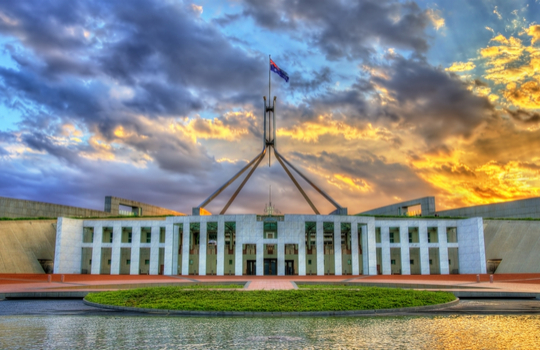
The Australian Government will create six ‘cyber shields’ around the nation designed to protect citizens and businesses from cyber-attacks and increase post-breach resilience, Minister for Cyber Security Clare O’Neil revealed.
Speaking at the AFR’s Cyber Summit, Minister O’Neil said that the six cyber shields are part of a ‘big vision’ set under its new national Cyber Security Strategy.
The mooted plans come in response to calls from the business community and citizens for the Government to take a more active role as “a partner in addressing” cybersecurity gaps in the wider community, and provide a more “coordinated” approach to cyber resilience.
“These shields will help protect our business, our organisations and our citizens, and it will mean that we won’t be alone or in our silos trying to manage this problem,” Minister O’Neil said.
She added: “It will mean a cohesive, planned national response that builds to a more protected Australia.”
The first shield will be aimed at “strong citizens and businesses”, giving each greater powers to protect themselves and “get back up off the mat very quickly”, the Minister explained.
“By 2030, what we want is citizens and businesses [that] understand the cyber threat, understand those actions that they can take to protect themselves and have proper supports in place.”
The second shield is ‘safe technology’, which is focused on providing a “layer of safe products”. By 2030, the aim will be to establish clear global standards for digital safety in products in place, helping to drive the development of security into those products from their inception.
The Minister questioned how the country could continue to allow digital products for sale when the “makers of those products sometimes know them to be cyber insecure”.
“We would never accept this from any other type of consumer product,” she added.
The third shield will include ‘threat sharing and threat blocking’, with an aim by 2030 to ensure the rapid exchange of threat intelligence between government and business “at real-time machine speed”, as well as block threats before can cause any harm to the Australian population.
The fourth shield will concern protecting Australians’ access to critical infrastructure on which the citizens rely every day. This includes water systems, electricity, as well as the provision of internet services.
“Like many organisations in this room, we own critical infrastructure, we deliver essential services and we certainly hold a lot of very sensitive and private data about Australians. And so that’s why part of this year will be about the government lifting up its own cyber defences to make sure we’re protecting our country,” she said.
The fifth cyber shield will concern sovereign capability, with a focus on building a “thriving cyber ecosystem” and ensuring the right cyber skills are in place. A key aim here is to ensure “cybersecurity is a really desirable profession for young people around the country”, and for Australia to be at the frontier of these technologies.
The Minister said that the final shield would provide a global approach to cybersecurity challenges, “undertaking coordinated global action and pushing for a more resilient region”. Here, she said, Australia will double down on its engagement with global partners and enhance partnerships across the region to assist countries who, in particular, struggle with cybersecurity problems.
O’Neil said the government will “unveil the details of the strategy a little bit later this year” and the specifics on what building these shields will entail.
“This is quite unique because, as you know, government strategies of this kind can sometimes be a little bit light on detail – great on vision, light on detail.
The Minister said her plan for how to tackle the challenge as a country was “really to do it in two-year blocks”.
“Our first horizon, which is 2022 to 2025, is about building out strong foundations. As the cyber challenge reshapes, we will take stock and [every] two years… will build out the next phase of this plan.”





